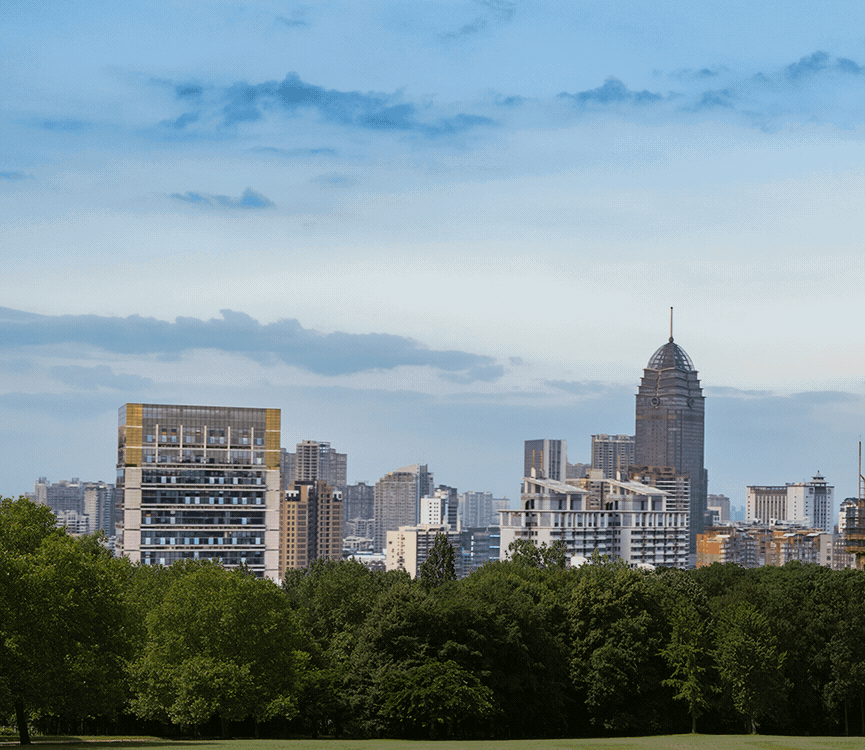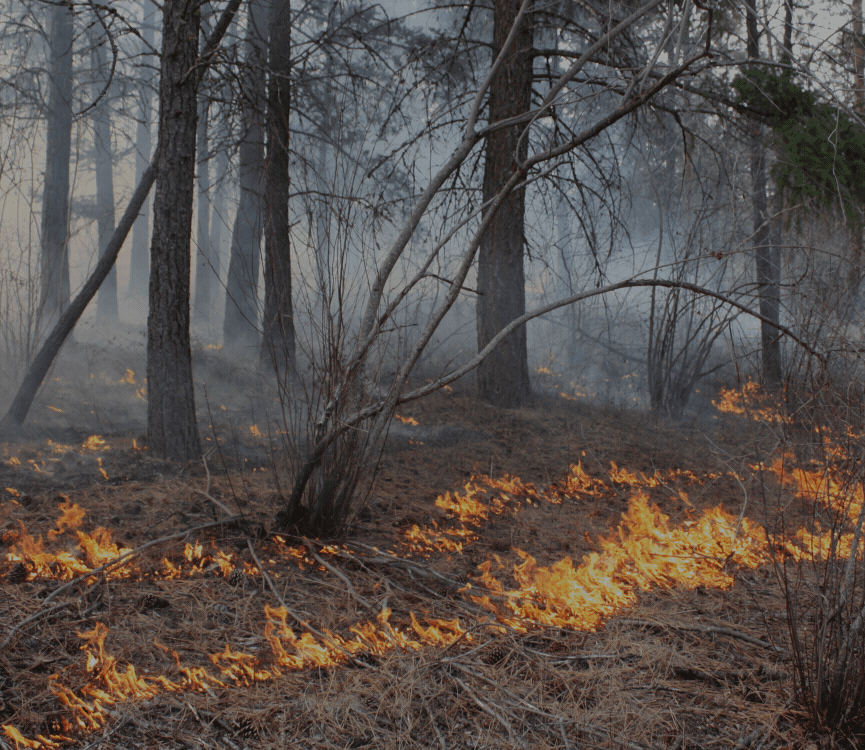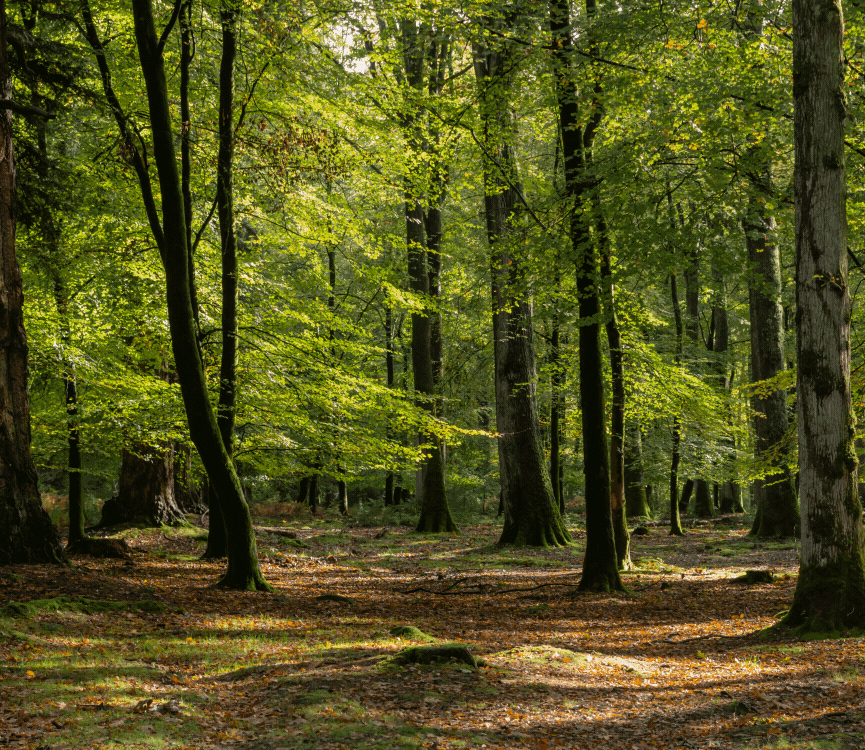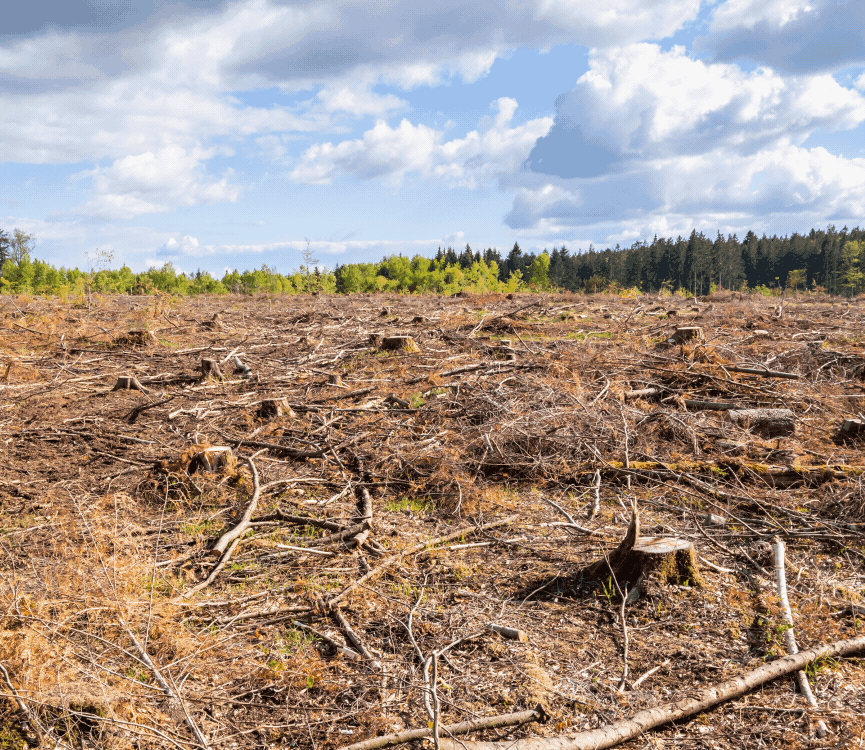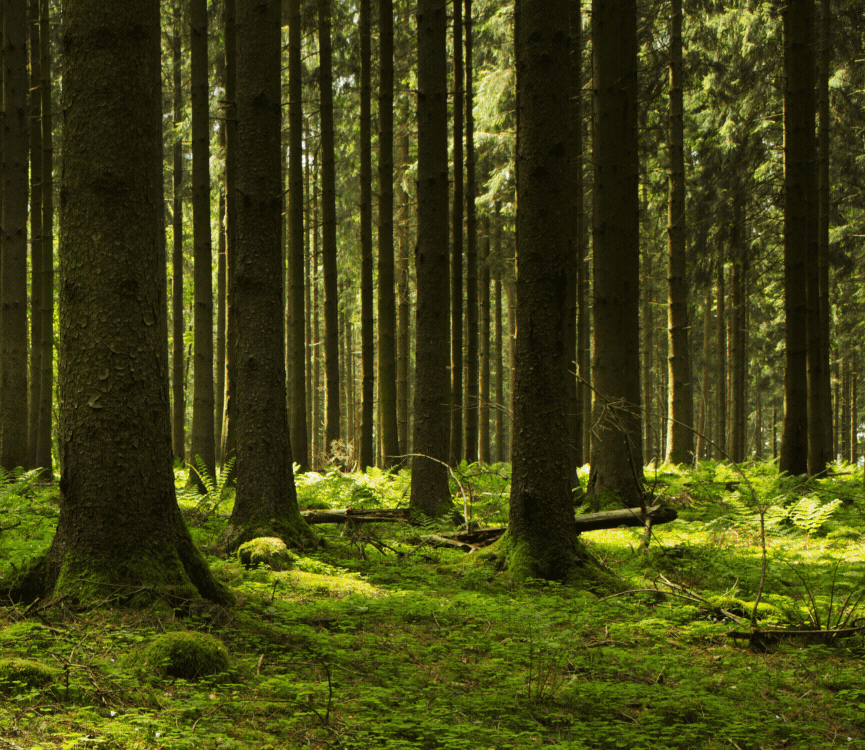A natural, cultural, and essential phenomenon.
Fire suppression efforts have grown significantly over the last century, which has resulted in unintended consequences. By stopping fire from naturally occurring, and also limiting the time-honoured Indigenous practice known as cultural burning, our forests and other landscapes have become overgrown, exposing our ecosystems and communities to even greater wildfire risk.
We now know the natural occurrence and even the traditional application of fire by Indigenous peoples has been essential to maintaining balance in our forests. In fact, there are many benefits to ecosystems that are only achieved through the use of fire. These are the five key areas:
